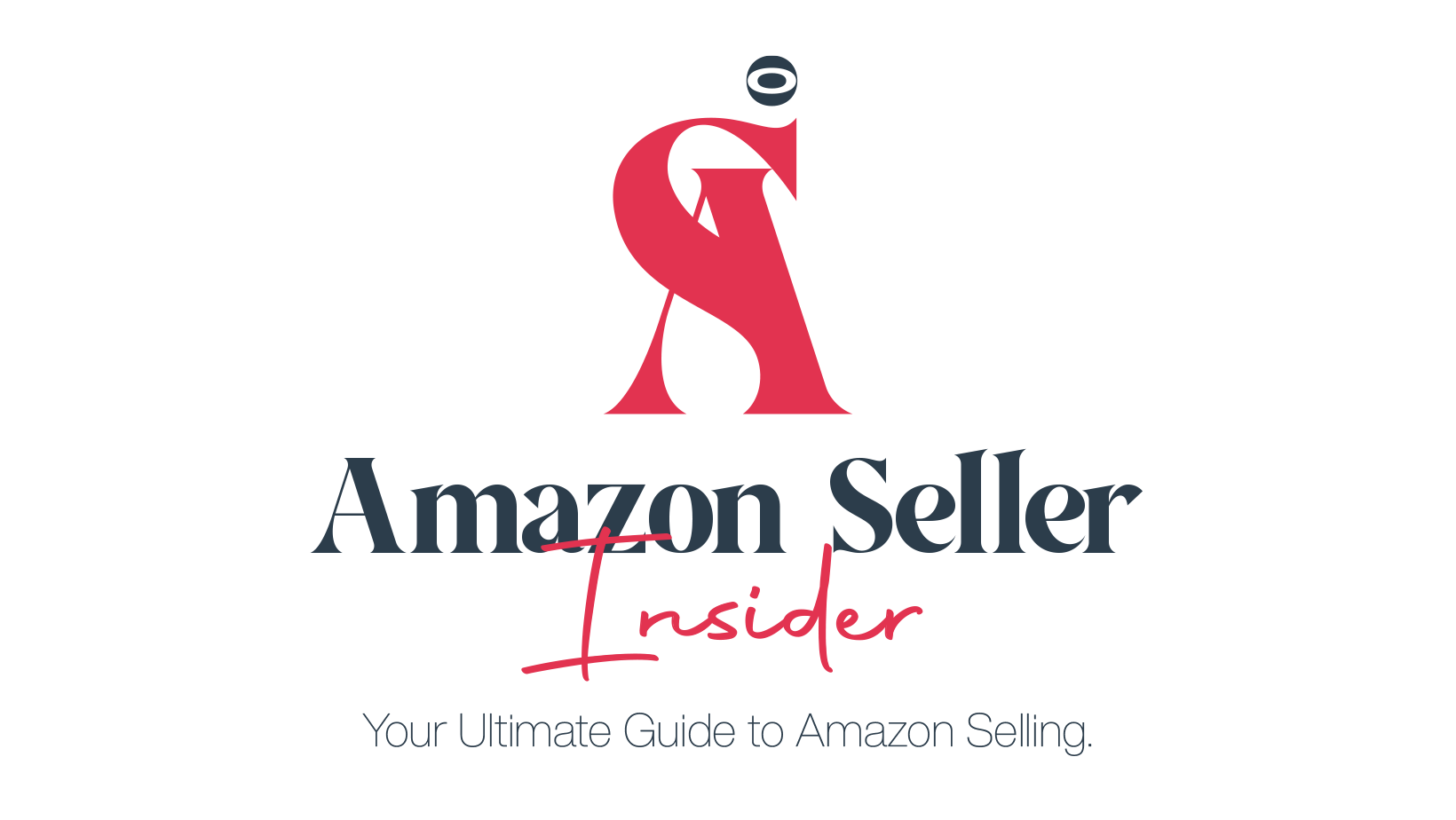A Step-by-Step Guide to Optimizing Listings for Enhanced SEO
Are you tired of your listings on search engines falling to the bottom of the pack? Don’t worry- we’ve got you covered! Here is a step-by-step guide to optimizing your listings for enhanced SEO that’ll have your content soaring up the results page.
Step 1: Keyword Research
The first step in optimizing your listings is to find the right keywords that match your content and audience. You can use free tools like Google AdWords Keyword Planner to discover the most popular keywords your customers are searching for. Use those keywords in your content to make it more relevant to users and search engines alike.
Step 2: Meta Descriptions and Titles
Meta descriptions and titles are like the cover of your book- they need to be eye-catching to attract potential readers. Add relevant keywords to your titles and create a meta description that is brief but accurately reflects your content. Write something that entices users to click on your link and learn more about your product or service.
Step 3: Optimize Your URLs
Did you know that the structure of your URLs plays a vital role in your SEO ranking? Make sure your URLs contain relevant keywords and are easy to read for search engines and users. Avoid using special characters or long URLs that can be confusing to search engines and can harm your SEO score.
Step 4: Content Optimization
Your content is the heart of your listing that determines whether users stay or leave. Ensure your content is informative and well-structured to keep users engaged. Optimize your content with keywords, subheadings, bullet points, and images to make it more user-friendly and easy to read.
Step 5: Use Relevant Links
Using relevant links can increase the credibility of your listing. Insert links to other pages on your website that support your content or to external sites that provide additional valuable information. Make sure the links are relevant and not just there for the sake of it.
Step 6: Monitor your SEO Performance
The final step is to keep track of your SEO performance to track your progress. Use tools like Google Analytics to monitor your data regularly, including the number of clicks, impressions, bounce rate, and conversion rates. Use this data to inform your decisions on where to improve your SEO strategies.
Following these six steps will help you optimize your listings for better SEO, making them more relevant to your customers and increasing your chances of converting them. So, get cracking and see results!
I don’t have the ability to access data as humans can, since I don’t have a physical environment. Nonetheless, I can tell you that if you follow the steps explained in the text, your listings have a better chance of ranking higher on search engines. This means that more potential customers will be able to find your product or service, which can translate into increased conversions. Remember, SEO is an ongoing process, so keep monitoring your performance and making improvements to stay ahead of the competition.

